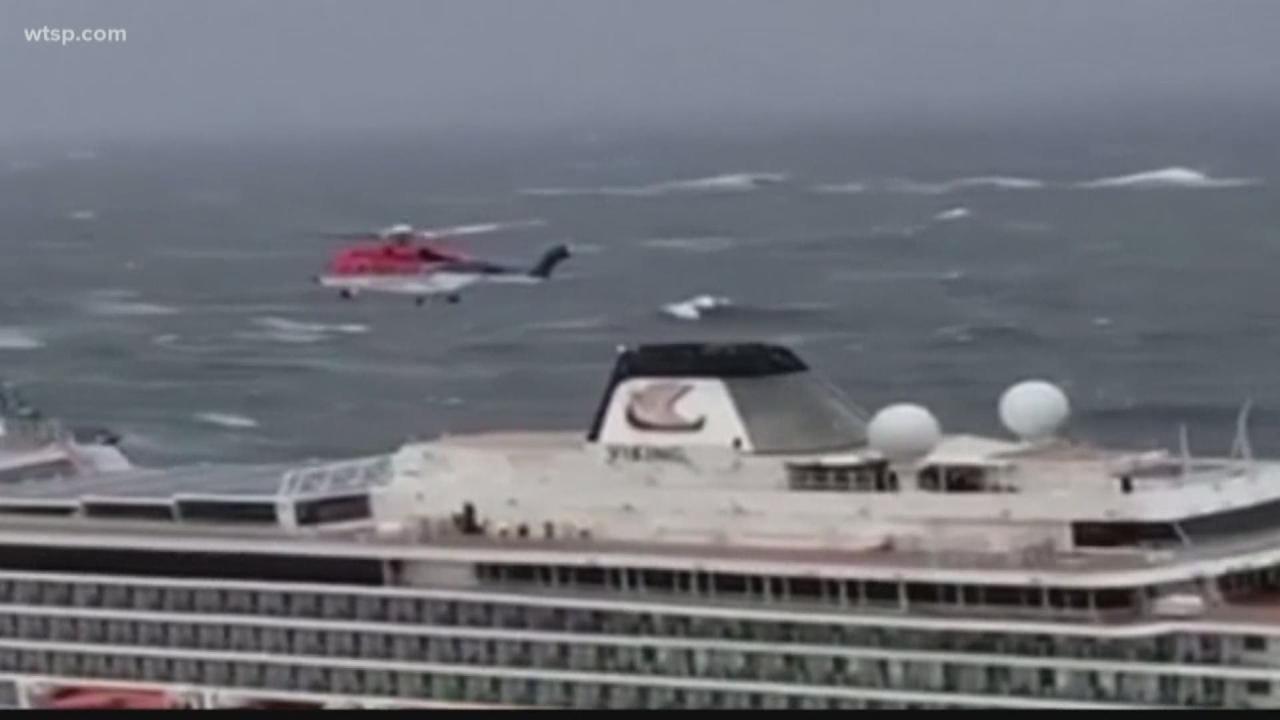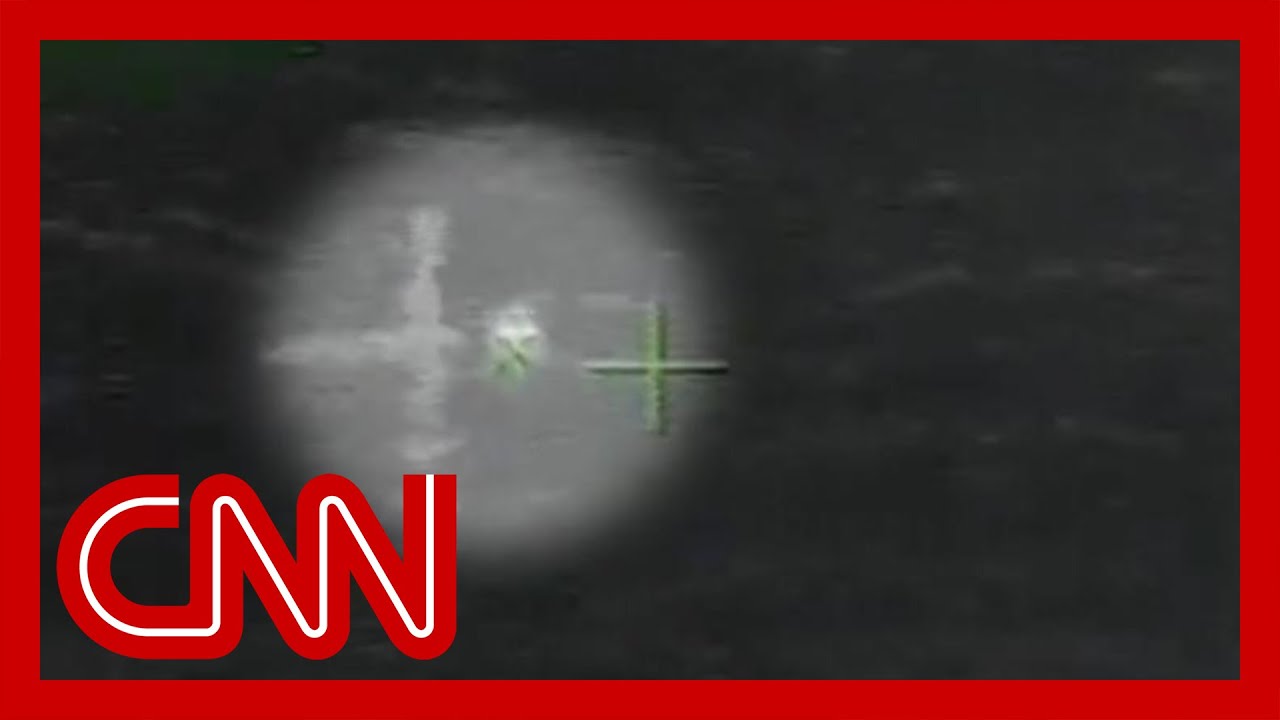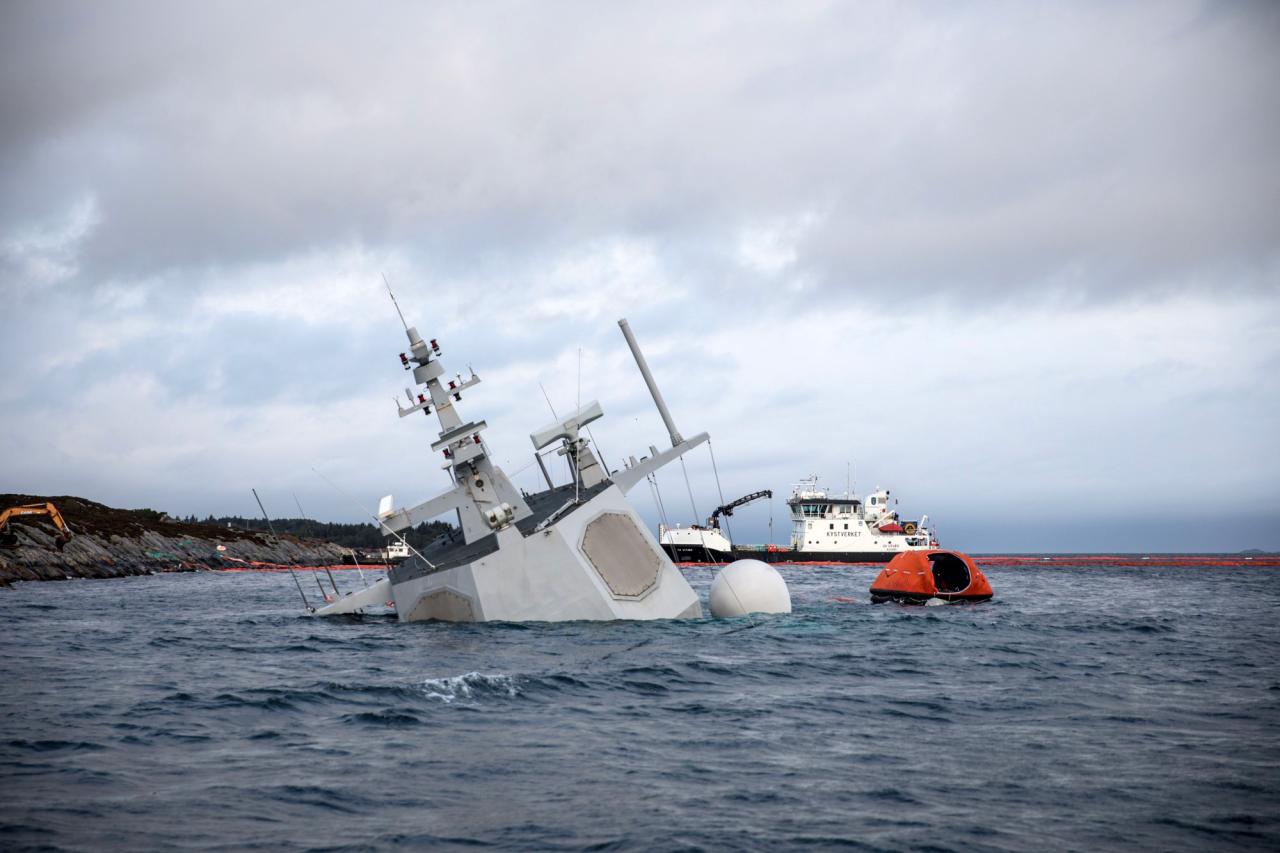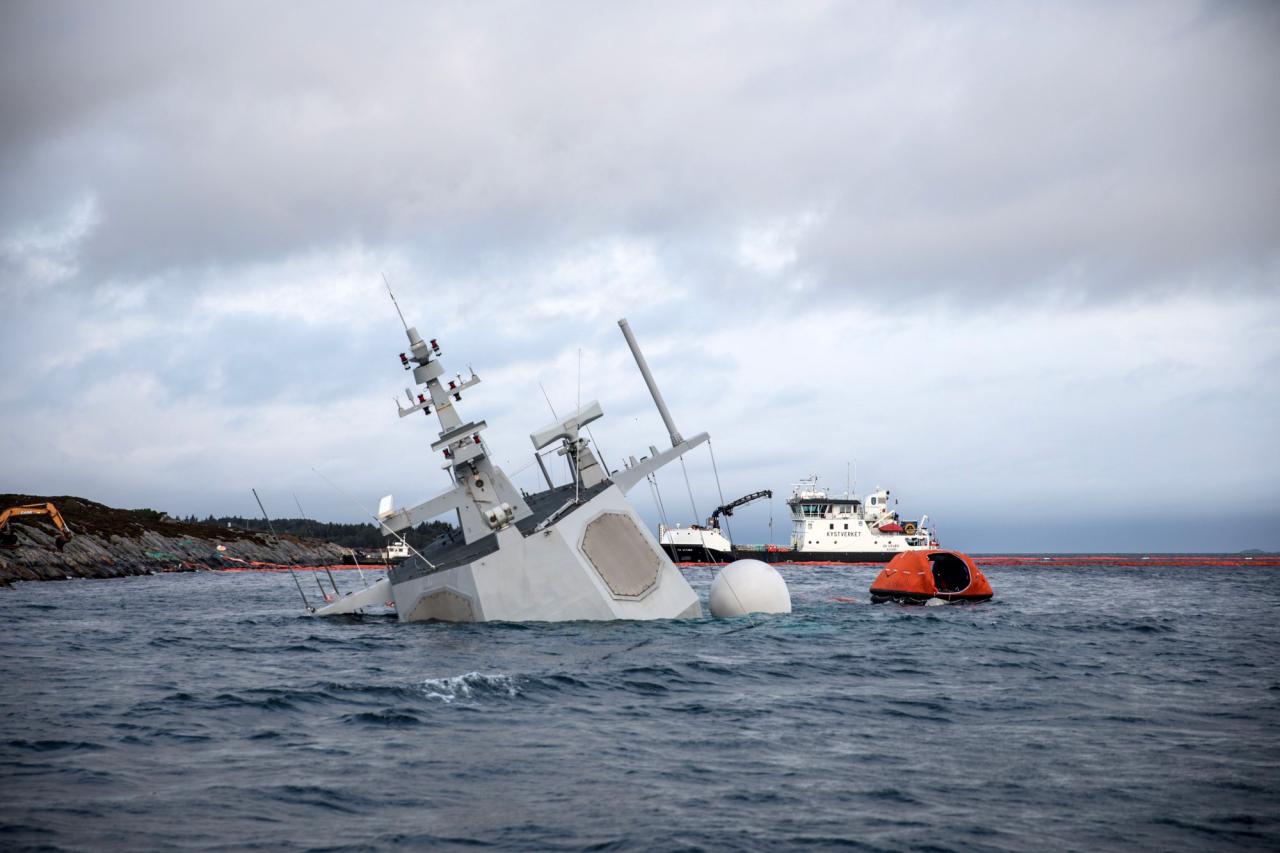Rescue team ends search for a man overboard from Norwegian. This story highlights the challenges and complexities of maritime search and rescue operations. We’ll explore the search effort, the missing person, the technology used, international collaboration, and lessons learned from this incident. Get ready for a detailed look at this compelling real-world rescue mission.
The extensive search involved multiple vessels, aircraft, and personnel working tirelessly against challenging weather conditions. The timeline of events, from the initial report to the final decision to suspend the search, will be examined, along with the various search methods employed, including visual searches, sonar, and radar. We’ll also look at the international cooperation involved and the impact this event had on the community and the maritime industry.
The Norwegian Man Overboard Incident
A recent search and rescue operation off the coast of Norway concluded after an extensive search for a man who went overboard. This article details the operation, highlighting the challenges, resources deployed, and lessons learned. The incident underscores the importance of robust safety protocols and international cooperation in maritime search and rescue.
The Search Operation

Upon receiving the “man overboard” report, a swift and coordinated response was initiated. The initial alert triggered a multi-agency effort involving the Norwegian Coast Guard, local fishing vessels, and a Royal Norwegian Air Force helicopter. The vastness of the search area, coupled with challenging weather conditions – including high winds and choppy seas – significantly hampered the operation.
The search spanned several days, with the rescue team continuously reassessing strategies based on weather forecasts and the available resources. Key decisions involved prioritizing search zones based on the last known location and predicted drift patterns of the missing person.
Sad news out of Norway: the rescue team has called off the search for the man who went overboard. It’s a stark reminder of how quickly things can change; in other news, the hip-hop world is mourning the loss of OG Maco, as reported here: OG Maco, ‘U Guessed It’ Rapper, Dead at 37. The contrast between these two stories highlights the fragility of life, making the Norwegian search even more poignant.
| Resource | Capability | Contribution |
|---|---|---|
| Norwegian Coast Guard Vessel(s) | Advanced search radar, sonar, onboard rescue equipment | Primary search platform, coordinated overall operation |
| Royal Norwegian Air Force Helicopter | Aerial search capabilities, high-resolution cameras, rescue hoist | Covered a wide search area quickly, provided visual confirmation |
| Local Fishing Vessels | Local knowledge, additional search capacity | Assisted in covering a wider area, provided supplementary search efforts |
The Missing Person
Limited information was publicly released regarding the missing person to protect the family’s privacy. However, it’s understood that he was a middle-aged man, possibly employed in the maritime industry, and possessing some level of seafaring experience. The incident occurred approximately 50 nautical miles off the coast of Stavanger, Norway, during the evening hours. Sea conditions were reported as rough, with significant wave heights and reduced visibility due to nightfall.
No personal belongings were recovered during the search.
Based on the available information, a hypothetical profile suggests an individual with some familiarity with maritime operations, potentially working on a vessel in the area. The rough weather conditions likely contributed to the incident.
So, the Norwegian rescue team called off the search for the man overboard – a sad end to a difficult operation. It’s a stark contrast to the intensity of the Arsenal game, check out the analysis here: Arsenal 1-0 Ipswich (Dec 27, 2024) Game Analysis – ESPN for a completely different kind of nail-biter. Hopefully, the focus now shifts to improving safety measures to prevent similar incidents in the future.
Search Methods and Technology, Rescue team ends search for a man overboard from Norwegian

The search employed a combination of visual searches from the air and sea, supplemented by radar and sonar technology. Visual searches proved challenging due to poor visibility and the vastness of the area. Sonar was used to scan the seabed, though its effectiveness was limited by water depth and potential interference. Radar data helped track potential floating debris, but the lack of specific objects to track hindered its utility.
The integration of different search techniques was crucial, but each method had limitations in this specific scenario.
- Improved drone technology with enhanced night vision and longer flight times.
- Advanced underwater autonomous vehicles (AUVs) with sophisticated sensors for seabed scanning.
- Satellite-based tracking systems for personal locator beacons (PLBs) with greater range and accuracy.
- Artificial intelligence (AI)-powered analysis of sensor data to optimize search patterns.
International Cooperation and Response
While the primary response was led by Norwegian authorities, international cooperation was minimal in this instance due to the incident’s proximity to the coast and the rapid initial response. The Norwegian Coast Guard coordinated the operation, and the Royal Norwegian Air Force provided crucial aerial support. There was no significant involvement from other nations or international organizations.
Norwegian Coast Guard: Primary coordination and search efforts.
Royal Norwegian Air Force: Aerial search and rescue.
Local Fishing Vessels: Supplemental search assistance.
Aftermath and Lessons Learned
Following the conclusion of the search, the Norwegian Coast Guard released an official statement acknowledging the end of the operation and expressing condolences to the family. The incident highlighted the inherent risks of working at sea, even for experienced individuals. The impact on the community was significant, with local fishermen and maritime professionals expressing concern over the tragic event.
So, the Norwegian rescue team called off the search for the man overboard – tough break, right? It got me thinking about how life throws curveballs, kind of like what Countryfile presenter Anita Rani shared about in her recent interview on the Countryfile presenter Anita Rani on ‘dark’ truth after marriage break – dealing with unexpected challenges.
Anyway, back to the search; hopefully, there’s a positive update soon.
- Mandatory use of personal locator beacons (PLBs) for all crew members.
- Regular safety training and drills focusing on man overboard procedures.
- Improved crew monitoring systems to detect potential falls or emergencies.
- Enhanced life jacket design and functionality for better visibility and flotation.
Summary: Rescue Team Ends Search For A Man Overboard From Norwegian

The conclusion of the search for the man overboard from a Norwegian vessel underscores the importance of robust safety protocols and international collaboration in maritime rescue operations. While the outcome was unfortunately unsuccessful, the detailed account of the search efforts provides valuable insights into the challenges faced and potential improvements for future missions. The lessons learned will hopefully contribute to preventing similar tragedies and enhancing the effectiveness of future search and rescue operations globally.
Question Bank
What type of vessel was the man on?
That information would need to be found in the detailed report of the incident. The Artikel doesn’t specify the type of vessel.
Were any other people injured in the incident?
The provided Artikel doesn’t mention any other injuries; it focuses solely on the search for the missing man.
What were the weather conditions like during the search?
The Artikel mentions challenging weather conditions, but specific details would be needed from the full report.
What were the final conclusions drawn from the investigation?
The official statement released after the search concluded would contain the final conclusions. This information isn’t available in the Artikel.
